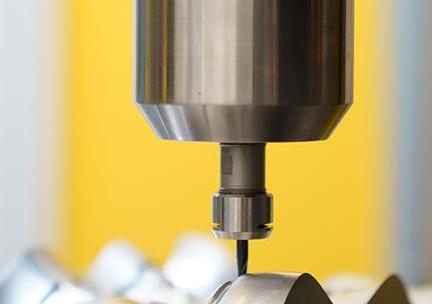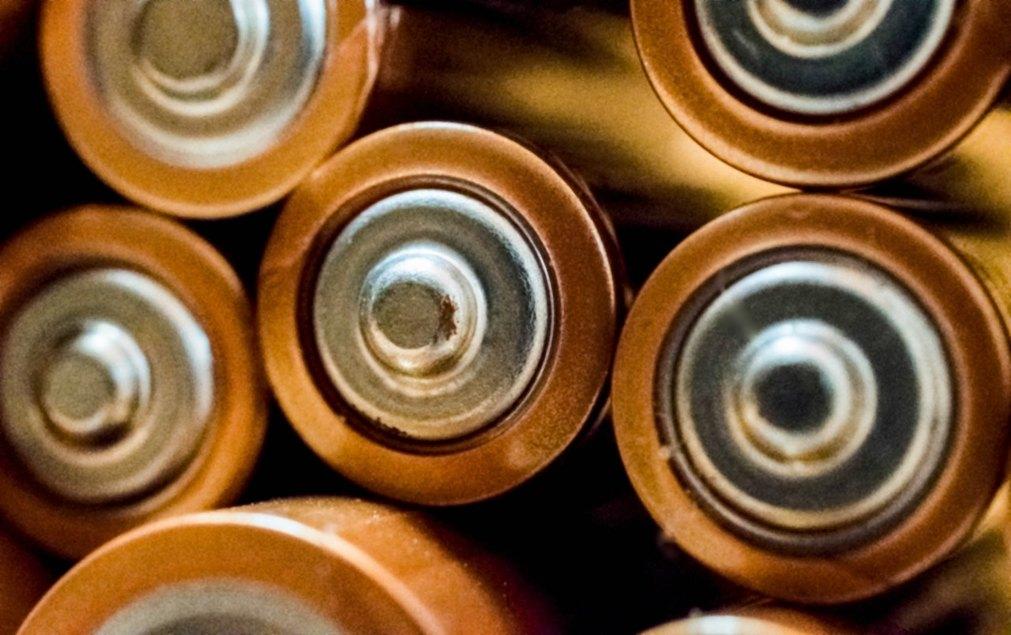Deburring equipment makes removing sharp edges from metal materials and workpieces easy. Without deburring, those edges can prevent machinery and products from working correctly or damage them over time. Some shop owners deem deburring as an extra step that doesn’t provide a noticeable improvement in quality. However, it can have important safety, efficiency and repeatability benefits.
Table of Contents
Safety
When it comes to manufacturing components, quality is key. Whether for automobiles, electronics or aerospace, top-notch metal parts ensure the products function as designed and perform reliably. Unfortunately, various machining processes can leave unwanted burrs on finished details, negatively impacting the end product’s functionality. Thankfully, deburring equipment can help. But what is deburring equipment? It eliminates unwanted projections from workpieces for a smooth, high-quality finish. While it’s not always possible to remove all burrs, even the smallest ones can lead to mechanical failures like jammed machinery or electrical short-circuiting. The best choice of deburring machine for your shop will depend on the types of parts you produce, which metals they are made from, and any coatings like paint or cladding. For example, rotary brushes are ideal for deburring laser-cut and punched metal components that require a smooth finish but are sensitive to damage from traditional grinding tools. For flat deburring of larger parts, a chucking tool holder with built-in compensation and float allows you to quickly change pressure according to the size and rigidity of the region. It ensures consistency for a high-quality finish that’s difficult to achieve with hand deburring. For smaller parts, consider solutions like a sticky belt that holds the piece in place for a safe, easy, and efficient process.
Efficiency
A metal deburring machine is a powerful tool for ensuring your company’s products are high quality. Sharp edges on your metal parts can prevent them from functioning correctly, damage your machines and even cause injury to employees or customers handling the materials. Consider your shop’s size and production needs when choosing a deburring machine. A manual deburring tool may be ideal for smaller operations, while automated solutions like vibratory or spinner deburring tools excel in large-volume and complex-shaped jobs. Also, determining whether you want to use wet or dry deburring, the type and style of abrasive, head configuration and more will help narrow your selection. Choosing the right deburring equipment will improve your company’s consistency, reduce your production timeline and elevate your competitive edge in the industry. However, prioritizing safety and compliance should remain a non-negotiable aspect of your manufacturing process, regardless of the deburring tool you choose. By selecting the right deburring equipment, you can avoid damaged workpieces, inconsistent surface finishes and compromised functionality, leading to expensive rework or extended production timelines. There are a variety of powerful yet simple deburring machines as a leader in the metal deburring space. This powerful, compact solution features removable urethane barrels that are easy to load and unload for fast processing and standard touchscreen controls for simplified programming.
Repeatability
Having metal workpieces with sharp burrs on their surfaces can prevent them from functioning correctly, damage machinery and create unsafe conditions for employees. Deburring machines help remove these unwanted bumps from metal materials and ensure they work as intended and look the best for customers or clients. When you run a deburring machine, the results are repeatable, meaning that you can be confident in the consistency of your output. Manual deburring can be time-consuming, so you must rely on equipment that can run at high speeds and deliver accurate results every single time. A deburring machine can produce flawlessly smooth and pristine workpieces every single time, saving you valuable resources and ensuring that your output consistently meets customer or client expectations.
Most deburring machines are based on an industrial metal tumbler, which rotates parts and abrasive material around each other. The tumbler uses a combination of force and gravity to grind gently and polish metal parts until they have the desired finish for their application. The machines may use dry or wet deburring materials, and both types need to be regularly cleaned (via a vacuum or hose), and their filters must be emptied. For smaller parts, many of these machines rely on solutions like sticky belts to hold the components in place, making them easier for operators to handle. Other types of deburring equipment include brushes and sanders mounted on machines to remove unwanted edges or bumps from workpieces. They are often made from strong, durable materials, like nylon abrasive filaments. They can be operated on several different power sources, including air, electric or hydraulic.
Compliance
Deburring equipment can help you stay in compliance with a variety of regulations. Many manufacturers rely on deburring equipment to ensure all their metal parts are as free of burrs as possible. It helps to prevent injuries among anyone who handles the region, from materials handlers to shippers and end-users. It also reduces the risk of failure by concentrating stresses in one area rather than spreading them over a larger surface.
Additionally, the smoothness of a finished part makes it easier to assemble, paint or weld. It can lead to significant savings in downstream costs and labor. Finally, burrs can damage other machinery, increasing wear and tear or leading to early equipment failure. Deburring machines help to prevent this by removing sharp edges and other protrusions. The best deburring machine will be flexible enough to accommodate your specific application. It includes its force compliance and servo spindle configuration. It’s important to find a manufacturer with experience working with your industry. For example, a company that works mostly to supply small metal fabrication shops with one-off deburring solutions may need a different fit for outfitting an aerospace or automotive manufacturer with a suite of mass-production deburring equipment.
Also Read – How Lawyers Ensure Your Rights As a Consumer Are Protected




